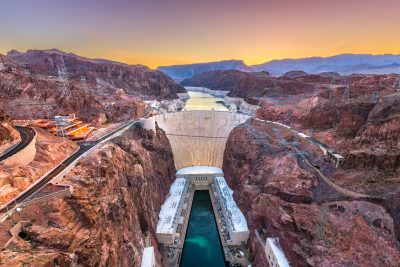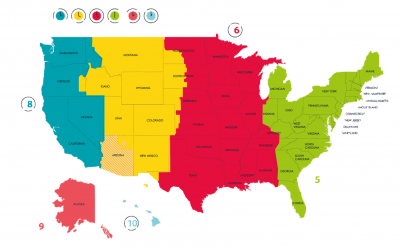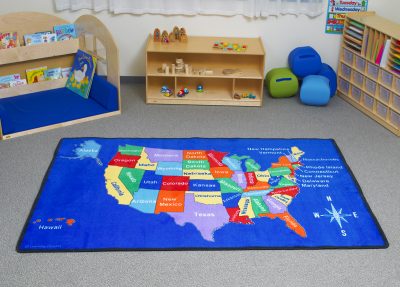
Standing In Two Time Zones – A Daylight Savings Dilemma
The Hoover Dam is located on the border of Nevada and Arizona. If a visitor enters the Hoover Dam from the Nevada side, he/she is in a Pacific Standard Time (PST) zone. By crossing the Nevada-Arizona state line in the middle of the Hoover Dam, the visitor enters a Mountain Standard Time (MST) zone.
Technically, visitors are standing in two time zones at the same time when half-way across the dam – but this only applies half the year! Arizona and Hawaii are currently the only two states that don’t adhere to Daylight Savings Time (DST), but every state has the option to opt-out. From March to November, Arizona is in PST – not MST – which is why visitors are only in two time zones in the middle of the dam half the year.
In the spring, the other 48 states who adhere to Daylight Savings Time (DST) don’t experience the same issues Arizona’s Hoover Dam visitors experience. Yet, millions of Americans lose a precious hour of sleep each spring which can lead to grogginess. Children are no exception. Circadian rhythm disruption may be one of the root causes behind temporary periods of poor performance in schools, increase how susceptible kids are to sickness and disease, and cause many to be depressed. These undisputed facts leave the average person to wonder, “Why do we have time changes?” And, “Who benefits?”
 Love It Or Hate It?
Love It Or Hate It?
Those who support DST argue there are many benefits to the current system. Yet, for any group who seems to benefit, there is another group who suffers. For example, more sunlight in the afternoon supports retail sales, sports, relaxation and other activities usually carried out after business hours. On the other hand, less light in the morning can have negative consequences for kids who need to wake up for school before the sun rises. Some are even forced to walk to the bus stop in the dark!
Originally, the main economic purpose behind DST was to make better use of daylight to save electricity. When DST was implemented in 1966, it may have led to energy savings, but our modern society is constantly using energy. Each household no longer has just one television where the family gathers to watch Johnny Carson at night. We have multiple computers, smartphones, televisions and other technologies sucking up energy 24-hours a day. We obviously use our lights when it’s dark, and our heaters when it’s cold. But we use other technologies CONSTANTLY. Changing the daylight hours might have been an effective ploy for saving energy 50 years ago, but now the benefits are less tangible.
 Use A Teaching Aid To Help Kids Understand The Time Change
Use A Teaching Aid To Help Kids Understand The Time Change
Children’s Factory wants your kids to thrive. Our US Map Educational Rug is part of our Learning Carpet™ line. This rug is a fun way to help kids understand how to tell time, and to discuss complex subjects like the time change. Should every state opt-out of DST like Arizona and Hawaii? Let’s face it, most toddlers won’t have all the answers or even be aware the time changes are affecting them.
When in doubt, kids in the 80’s simply consulted the Magic 8 Ball, but kids today might be better served by learning about the time change and other facts about the US Map with the US Map Educational Rug.